Over the next few months, we will be posting honorable mentions from our Issue No. 12: Curator’s Choice call for entry. This publication features 30 photographers from all over the world. We received over 700 submissions to this call, and we asked our fifteen guest curators to each select their top ten favorite photographers from the submissions. Ann Jastrab of Rayko Photo Center in San Fransisco selected Alnis as one of her favorites. We are also big fans of Alnis as we have shown an earlier series on our website a few years ago. We are so glad to see that he is still making beautiful work and that it was chosen as a top ten selection in this call!
– Aint–Bad
Alnis Stakle (1975, Latvia) is Latvian photographer, board member of Riga Photomonth, and the Professor of photography at the Rigas Stradins University (LV). He holds Ph.D. in art education from Daugavpils University (LV). Since 1998, his photographs have been exhibited widely, including solo & group exhibitions at the Latvian Museum of Photography, Latvian National Museum of Art, Modern Art Oxford (GB), Art Center ‘Winzavod’ in Moscow (RU), Museo Nacional de Bellas Artes in Buenos Aires (AR), Centre for Fine Arts BOZAR in Brussels (BE), in addition to being held in private and public collections. His work has been published in British Journal of Photography, Wired, Camera Austria, EYEMAZING, IMAGO, OjodePez, Archivo, Leica Fotografie International, ect.
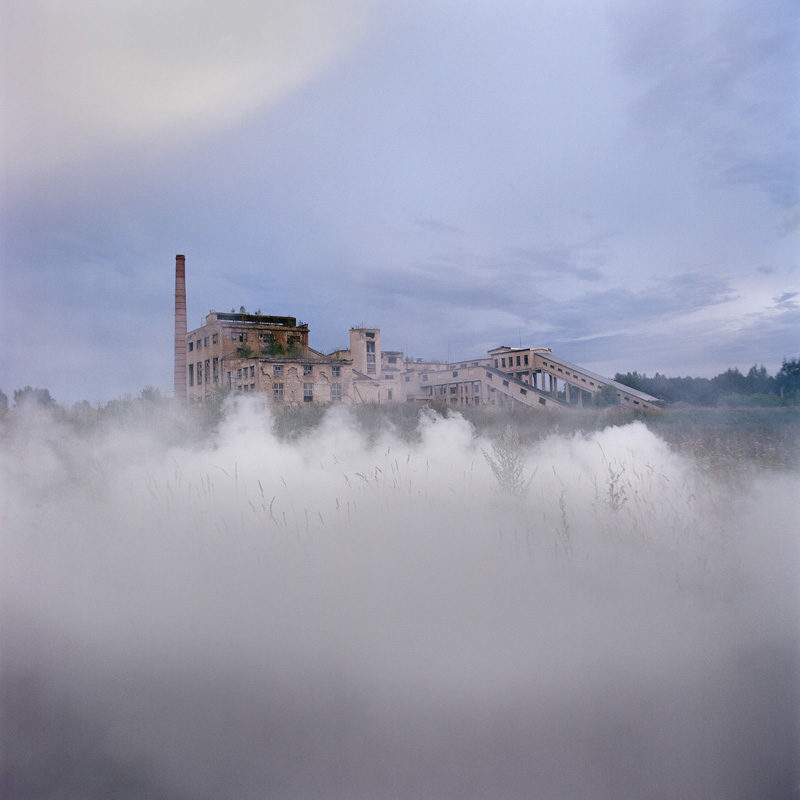
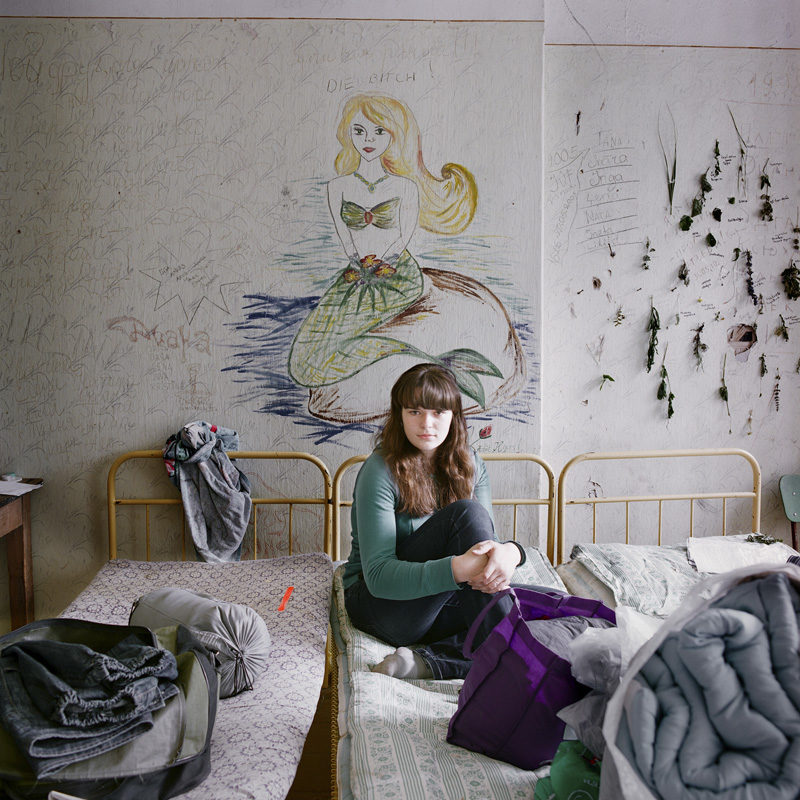

Ilgas
“Ilgas” means longing in Latvian. Yet, within this series of photos, “Ilgas” is also a place name and the name of a manor house.
Ilgas manor house was built in the 1890s in the style of Baroque. The architectural design of the edifice stirs associations with Italian palazzo-type buildings, which is why the manor house is said to have been once called Palazzo Ilga. Currently, the building holds the study basis of Daugavpils University (Latvia). Ilgas manor house is located only a few kilometers from the Belarusian border, which is simultaneously the eastern border of the European Union.
I first visited Ilgas manor house in 2010. At that time, 45 female students temporarily lived there – they did nature research on the territory of a protected natural area. At that time, the building has no plumbing, which means that such facilities as a lavatory or a warm shower are not available. These conditions make the students’ domestic conditions resemble those of extreme survival reality shows.
When I began shooting, I realized that the documentary narrative about female students and/or place would be too simple and traditional, based on the exoticization and search for something other and unlike, which is so characteristic of documentary photography. I was most surprised by the merging of the interior of the old manor house and the young women in one physical space. Traditionally, photographs relate the body of a young female with sexuality and lust. Squalor, on the other hand, is bound with the interior of deserted and/or old buildings and stirs associations with the historically unknown, the menacing and the hidden in the origins of the interior. In photography and films, similar combinations of the female body and old interior are exploited to create narrations where the combination of lust, sexuality and environment’s apparent menace is used as an instrument to draw viewers’ attention.
In several years time, Ilgas manor house was restored, and now it is a modern research center. I returned to finish my story, which, effectively, is not based on any certain narrative. Rather it permits the audience to construct from their memories and imagination a subjective narrative, as well as themselves, draw the boundaries between the documentary and the fictional therein.
Historically, photography has always been related to memories, reminiscence and the sentimental. Thus, photography functions as a catalyst for the longing that challenges our imagination to constructed interwoven and immediate time and space relationships between here and there, now and then. My works from the series Ilgas, similarly as the restoration of Ilgas manor house, construct a seemingly unnatural relationship between the past and the present at some Latvian backwater.
If asked to classify these works, I would say they are peculiar still lives that portend the surreal and the inexplicable in the mundane, in self-representation and in the construction of own living space.

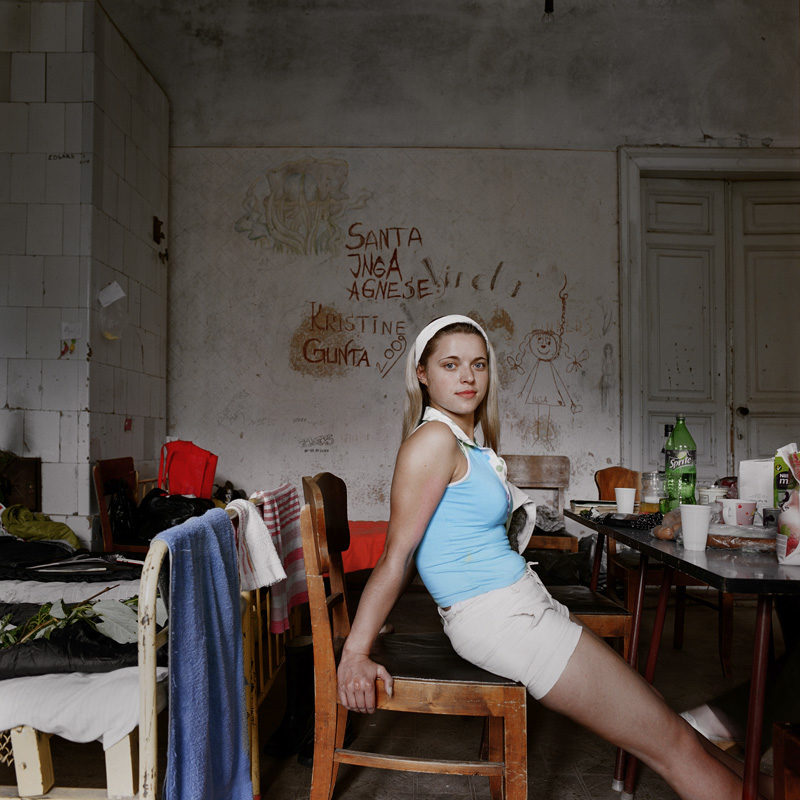


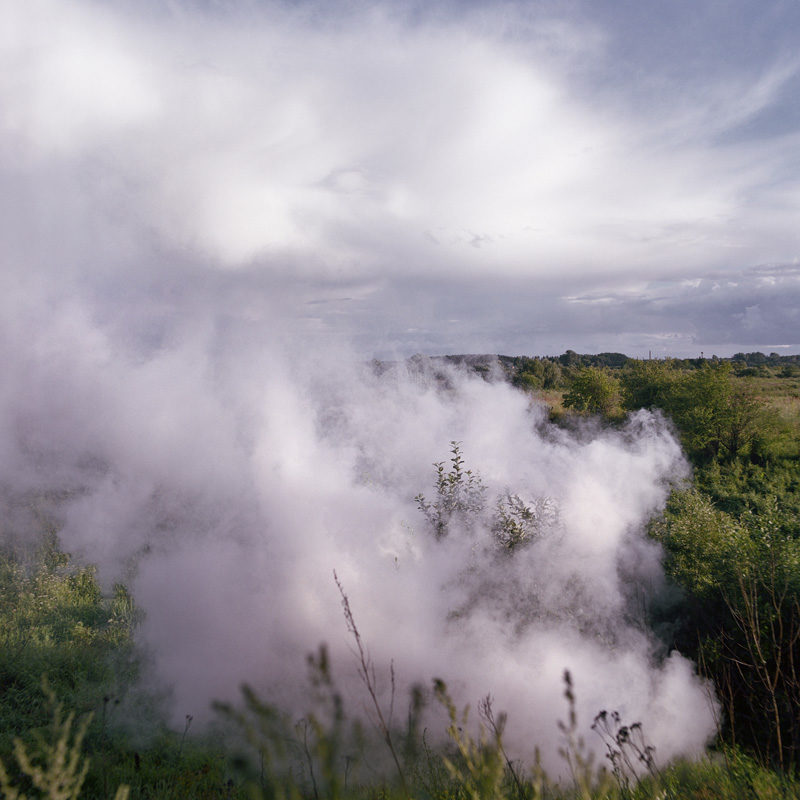




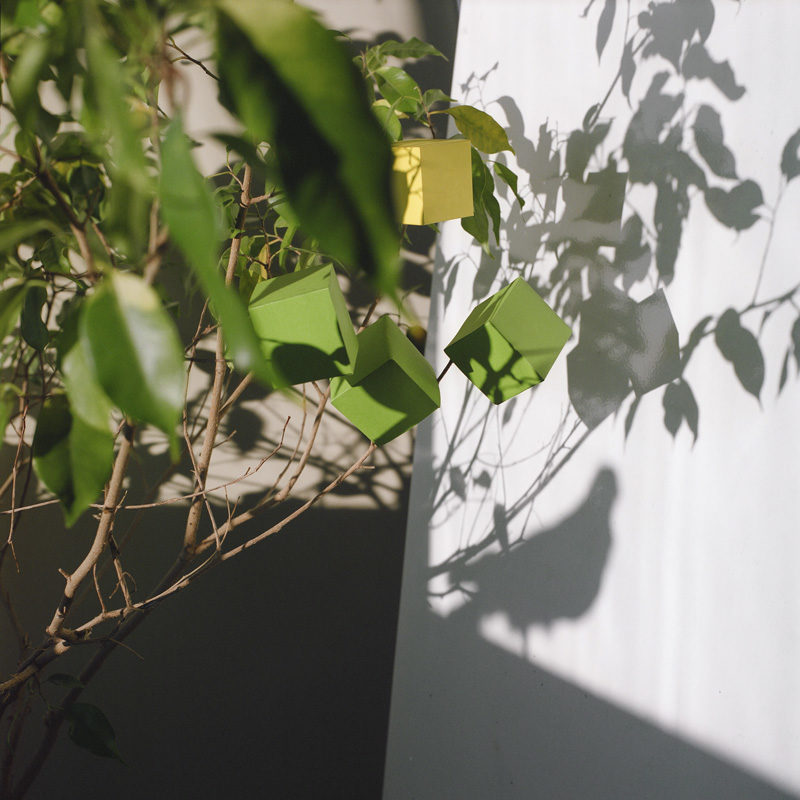


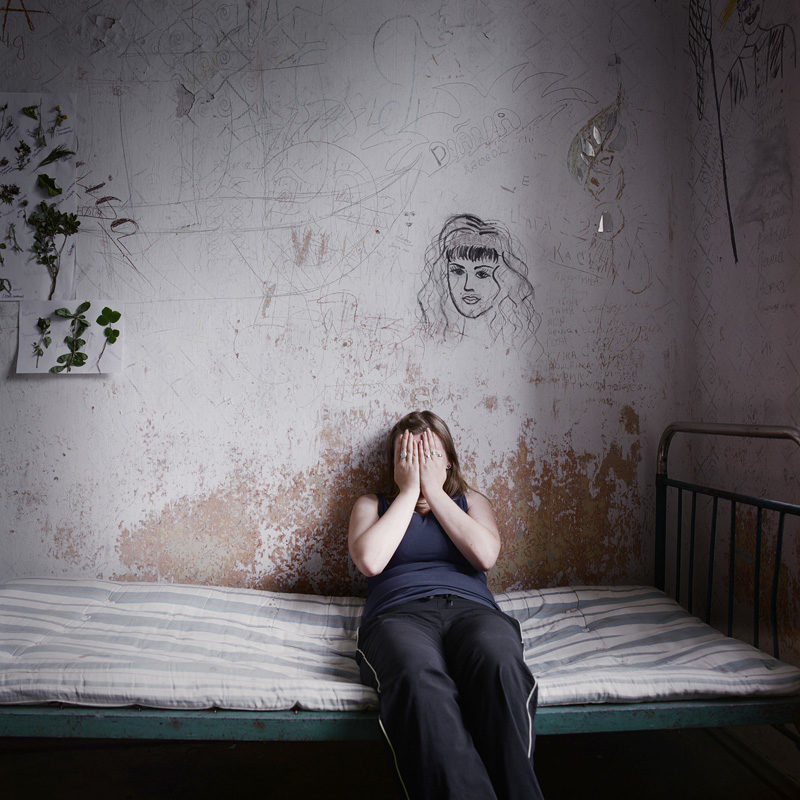




To view more of Alnis’ work please visit his website.